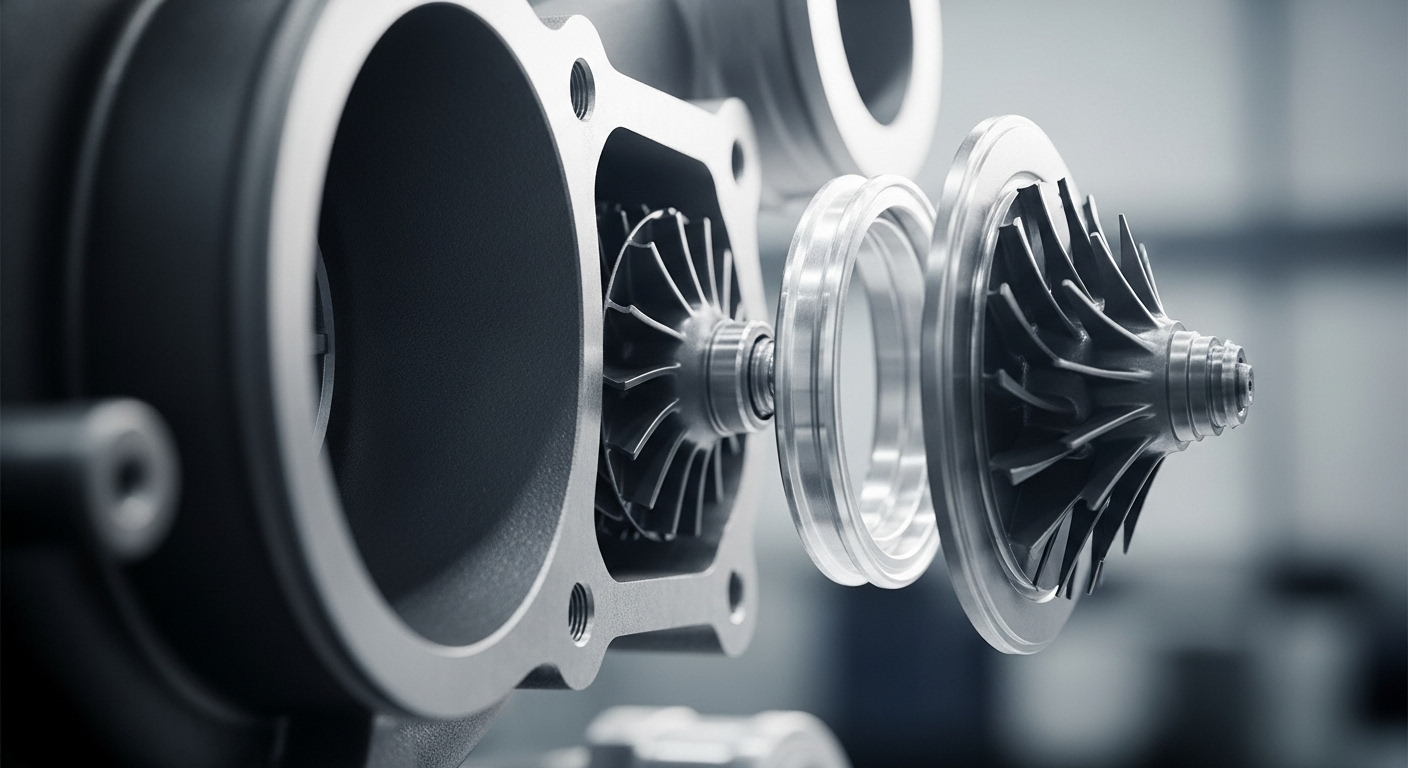Biathlon: The Fusion of Precision and Endurance
From snow-covered trails to the stillness of the shooting range, biathlon presents a unique challenge in the world of winter sports. This captivating discipline combines cross-country skiing's cardiovascular demands with rifle shooting's laser-like focus, creating a test of both physical stamina and mental fortitude. As athletes push their bodies to the limit on skis, they must also calm their racing hearts to steady their aim, making biathlon a true marvel of human performance and a testament to the incredible adaptability of the human body and mind.

The first modern biathlon competition was held at the 1924 Winter Olympics in Chamonix, France, as a demonstration event called “Military Patrol.” This event featured teams of four men who skied a 30-kilometer course while carrying heavy backpacks and rifles. Along the way, they engaged in target shooting.
Despite its initial military connections, biathlon gradually evolved into a civilian sport. The International Modern Pentathlon and Biathlon Union (UIPMB) was founded in 1953, overseeing both summer and winter multi-discipline events. In 1993, the International Biathlon Union (IBU) was established as an independent governing body, further solidifying biathlon’s status as a distinct winter sport.
The Intricacies of Modern Biathlon
Today’s biathlon competitions are a far cry from their military origins. The sport now consists of various events, including individual races, sprints, pursuits, mass starts, and relays. Each event combines cross-country skiing with rifle shooting, but the distances and number of shooting bouts vary.
In a typical individual race, athletes ski a total distance of 20 kilometers for men or 15 kilometers for women, stopping four times at the shooting range. At each stop, they must hit five targets from a distance of 50 meters. For every missed target, a time penalty is added to the athlete’s final time.
The rifles used in biathlon are specialized .22 caliber small-bore rifles, chosen for their accuracy and low recoil. Athletes must carry these rifles on their backs throughout the entire race, adding an extra challenge to the skiing portion.
Perhaps the most fascinating aspect of biathlon is the transition from high-intensity skiing to precision shooting. Athletes arrive at the shooting range with elevated heart rates and must quickly settle into a stable position to aim accurately. This requires exceptional body control and mental focus, making biathlon a true test of an athlete’s overall capabilities.
The Physiological Demands of Biathlon
Biathlon places unique physiological demands on its participants, requiring a combination of endurance, strength, and fine motor control. The cross-country skiing portion of the event is one of the most cardiovascularly demanding activities in sports, with elite biathletes often reaching heart rates of 180 beats per minute or higher during competition.
Research has shown that cross-country skiers have some of the highest recorded VO2 max values (a measure of aerobic capacity) of any athletes. A study published in the Scandinavian Journal of Medicine & Science in Sports found that elite male biathletes had an average VO2 max of 80-90 ml/kg/min, while female biathletes averaged 70-80 ml/kg/min. These values are significantly higher than those found in most other endurance sports.
However, the true challenge of biathlon lies in the rapid transition from this high-intensity activity to the precise control required for shooting. As athletes approach the shooting range, they must quickly lower their heart rates and control their breathing to steady their aim. This process, known as “cardiovascular recovery,” is crucial for shooting accuracy.
A study published in the European Journal of Applied Physiology examined the relationship between heart rate and shooting performance in elite biathletes. The researchers found that the athletes who could most effectively reduce their heart rates in the approach to the shooting range achieved the best shooting scores. This highlights the importance of not just physical fitness, but also mental control and physiological self-regulation in biathlon performance.
Training for Biathlon: A Multifaceted Approach
Given the diverse demands of biathlon, training for this sport requires a comprehensive approach that addresses multiple aspects of athletic performance. Coaches and athletes must balance endurance training, strength work, shooting practice, and mental preparation to create well-rounded biathletes.
Endurance training forms the foundation of biathlon preparation. Athletes typically engage in a combination of long, slow-distance training to build aerobic capacity and high-intensity interval training to improve lactate threshold and VO2 max. This training often includes not just skiing, but also running, cycling, and roller skiing during the off-season to maintain fitness year-round.
Strength training is also crucial, particularly for the upper body. Biathletes need strong arms and shoulders to maintain proper ski technique over long distances and to handle their rifles effectively. A study in the Journal of Strength and Conditioning Research found that upper body strength was significantly correlated with skiing performance in elite biathletes.
Shooting practice is, of course, a critical component of biathlon training. Athletes spend hours at the shooting range, working on their technique and accuracy under various conditions. Many biathletes use dry-firing (practicing without ammunition) and biofeedback systems to improve their shooting skills without the need for a full range setup.
Perhaps most unique to biathlon is the training required for the ski-to-shoot transition. Athletes practice rapidly lowering their heart rates and controlling their breathing as they approach the shooting range. Techniques such as rhythmic breathing and visualization are commonly used to achieve this rapid physiological shift.
Mental preparation is also a key focus in biathlon training. The ability to maintain focus and make quick decisions under pressure is crucial for success in this sport. Many biathletes work with sports psychologists to develop mental strategies for managing stress and maintaining concentration during competition.
The Global Impact and Future of Biathlon
While biathlon has its roots in Scandinavian and Central European countries, it has grown into a truly global sport. The Biathlon World Cup, the sport’s premier competition series, now features events across Europe and North America, with growing interest in Asia as well.
The 2022 Beijing Winter Olympics showcased biathlon’s global appeal, with athletes from 28 countries competing across 11 events. Norway continued its historical dominance in the sport, but medals were also won by athletes from France, Sweden, Germany, and Belarus, among others.
Looking to the future, biathlon faces both opportunities and challenges. Climate change poses a significant threat to winter sports, with rising temperatures and unpredictable snow conditions affecting training and competition schedules. The IBU has responded by implementing sustainability initiatives and exploring the use of artificial snow and indoor facilities.
Technology is also playing an increasingly important role in biathlon. Advanced materials are being used to create lighter, more efficient skis and rifles. Wearable technology allows athletes and coaches to monitor physiological data in real-time, optimizing training and race strategies. Some competitions are even experimenting with electronic targets that provide instant feedback on shot accuracy.
There’s also a growing interest in summer biathlon variants, which replace skiing with running or roller skiing. These events are helping to broaden the sport’s appeal and provide year-round training opportunities for athletes.
The Unique Appeal of Biathlon
What sets biathlon apart from other winter sports is its combination of seemingly contradictory skills. The juxtaposition of high-intensity endurance with calm, precise marksmanship creates a compelling narrative that captivates audiences and challenges athletes in unique ways.
For spectators, biathlon offers a level of drama and unpredictability rarely seen in other sports. A race leader can quickly fall behind due to poor shooting, while a trailing athlete can surge ahead with a perfect round at the range. This dynamic keeps races exciting until the very end, with victories often decided in the final moments.
For athletes, biathlon presents an unparalleled challenge. It requires not just physical fitness and technical skill, but also mental fortitude and adaptability. The ability to transition rapidly between different physiological and psychological states is a skill that translates well beyond the world of sports, making biathlon a truly holistic test of human capability.
Biathlon’s Enduring Legacy
As we look to the future of winter sports, biathlon stands out as a discipline that continues to evolve while staying true to its core principles. It remains a testament to the remarkable adaptability of the human body and mind, challenging athletes to push their limits in multiple domains simultaneously.
From its humble origins in Scandinavian hunting traditions to its current status as a globally recognized Olympic sport, biathlon has come a long way. Yet, at its heart, it still embodies the fundamental human skills of endurance, precision, and mental control that have been crucial to our survival and success as a species.
As climate change threatens traditional winter sports, biathlon’s unique combination of skills may prove to be its saving grace. The sport’s ability to adapt to various environments and conditions, including summer variants, positions it well for a future where winter sports may need to reinvent themselves.
In a world increasingly dominated by specialization, biathlon stands as a refreshing counterpoint—a sport that celebrates versatility, balance, and the harmonious integration of diverse skills. It reminds us that true mastery often lies not in excelling at a single task, but in the ability to seamlessly blend different abilities into a cohesive whole.
Whether you’re an aspiring athlete, a sports enthusiast, or simply someone fascinated by the capabilities of the human body and mind, biathlon offers valuable lessons and inspiration. It challenges us to push our boundaries, to find balance in opposing forces, and to strive for excellence across multiple domains. In doing so, it not only entertains and amazes but also reflects the very essence of human potential and achievement.





